Vehicle warning indicators, better known as dashboard warning lights, can be a vehicle owner’s worst nightmare. From the dreaded ‘check engine light’ to the ‘low tire pressure’ indicator, these symbols let you know that something is amiss with your vehicle. Although many of us know what each of the lights looks like, we might not know what causes them, or more importantly, what we should do next.

This article takes a detailed look at some of the most common vehicle warning lights and provides insight on steps to take should they appear on your dash.
5 commonly seen warning lights include
- Check Engine Light
- Engine Oil Level Light
- Tire Pressure Light
- Battery Light
- Electronic Stability Programme (ESP) Light
Note: Depending on the year and make of your vehicle, you may or many not have all of the above and also may have others not included in this article.
Indicator Light | Check Engine
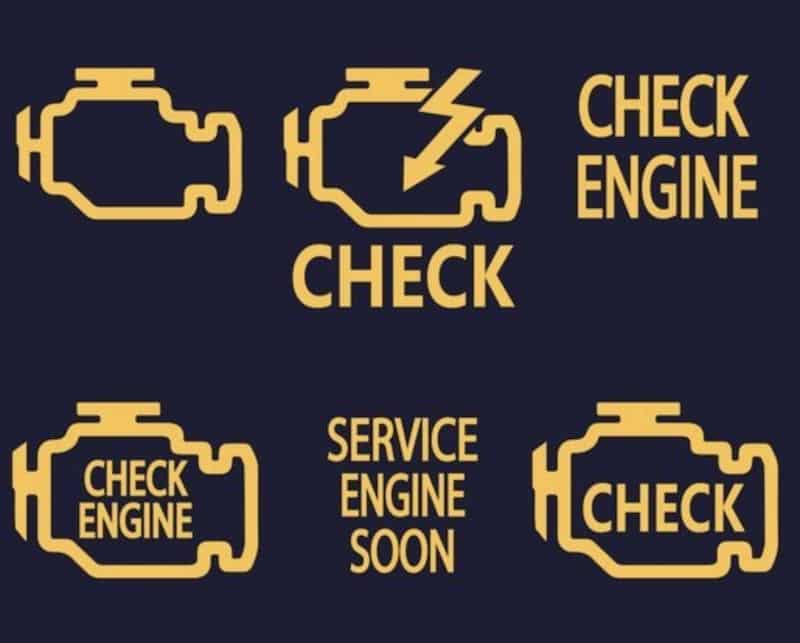
Check Engine Indicator– Also known as emissions control or the malfunction indicator lamp (MIL), the check engine light is easy to recognize since it looks like a motor. This warning light alerts a driver to a number of things such as a bad catalytic converter, a faulty sensor, or even something as simple as a gas cap not being screwed on all the way.
In general, this is one of the more serious indicators and lets you know that you should have your engine looked at as soon as possible. The dealership where you bought your vehicle is usually a good place to start since their mechanics tend to be highly trained in servicing the vehicles they sell.
Indicator Light | Engine Oil Level
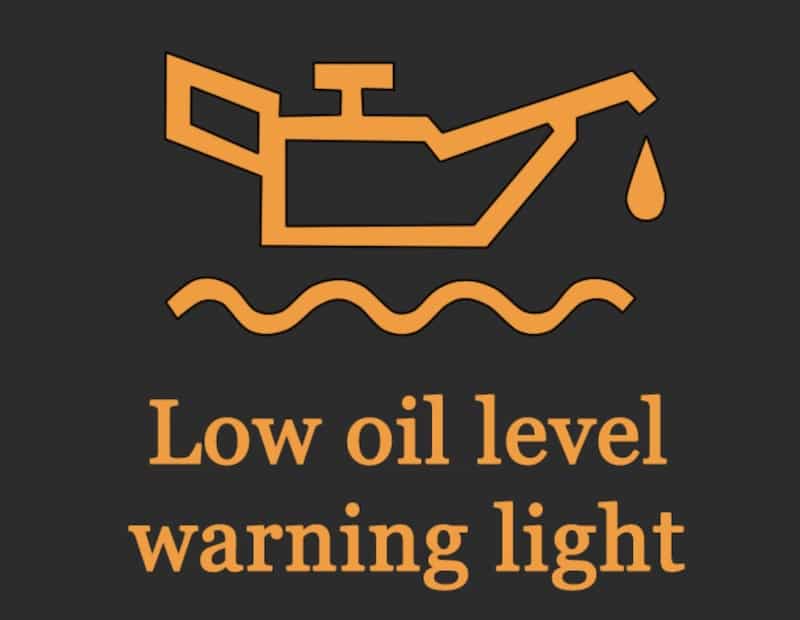
Engine Oil Level Indicator– This dashboard warning light looks like a lamp with a drop of oil dripping from it. Unlike the first indicator we discussed, this warning light only comes on for two main reasons. One, you have an oil leak and are low on oil because of it. Two, your vehicle is long overdue for an oil change.
If this light illuminates, check your oil levels. If the oil level is low, you can either add more oil yourself or schedule an appointment to have your oil changed and inspected for leaks.
Indicator Light | Tire Pressure
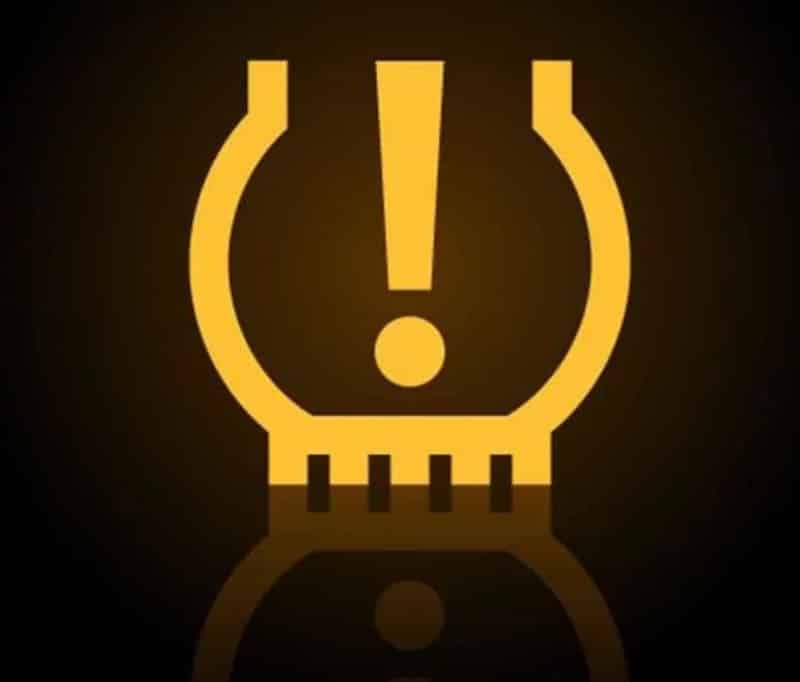
Tire Pressure Monitoring Indicator – Our last article on TPMS talked about the importance of paying attention to tire pressure warning signs. The exclamation point inside of this symbol says it all as many accidents and fatalities happen every year because of faulty tires. The most common reason the TPMS indicator will illuminate is to alert you that the pressure in one of your tires has dropped below the recommended amount.
A good rule of thumb is to check the air pressure in your tires. Most service stations have air pumps for inflating tires.
If you don’t feel comfortable checking the tire pressure or don’t like putting air in your tires, take your vehicle to a service station or your dealership.
Indicator Light |Battery Light
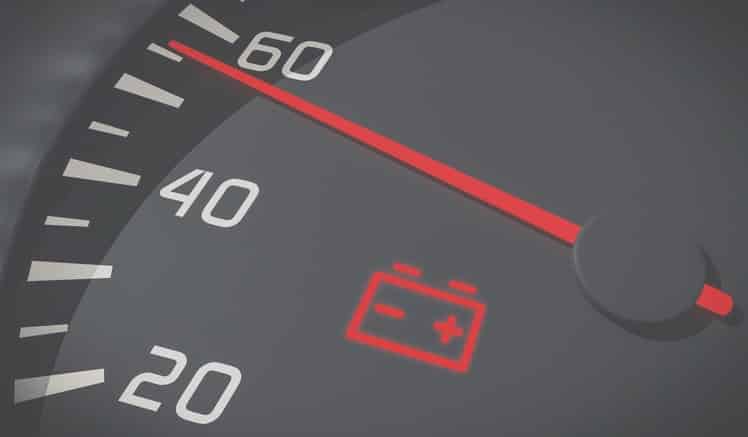
Battery Light Indicator– Is a rectangular box with a + and – on it. The Battery dashboard warning light lets you know that your car’s charging system is on the fritz. If you see this light on start-up, but it quickly goes away, there is no need to worry.
However, if the warning symbol stays lit, you may have an issue with your battery, alternator, or voltage system.
Many drivers don’t take this dashboard light very seriously, but they should! Many electrical operations require a connection to the battery including the engine’s control, the headlights, and the ignition. If the light is on and your car is still running, you’re in luck.
If after staring your vehicle if your battery light indicator remains lit, you should see a mechanic before the car no longer starts, and you need a tow.
Indicator Light | Electronic Stability Programme (ESP)
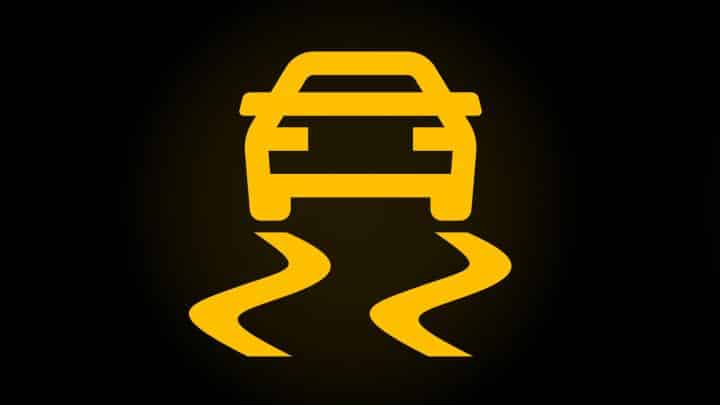
(ESP) Electronic Stability System Indicator – Is designed to help a car from sliding. If this is lit and stays lit, the warning light suggests that there is an issue with the
It is common for this light to flash during slippery conditions. If the light stays illuminated, you might want to have it checked out to make sure that it isn’t malfunctioning.
If you are dealing with one of the dashboard warning lights above, you should look at getting your vehicle checked. Allowing a trusted auto professional to take a look is your best bet.
Remember early prevention can save you a ton of money in the long run.

Recent Comments